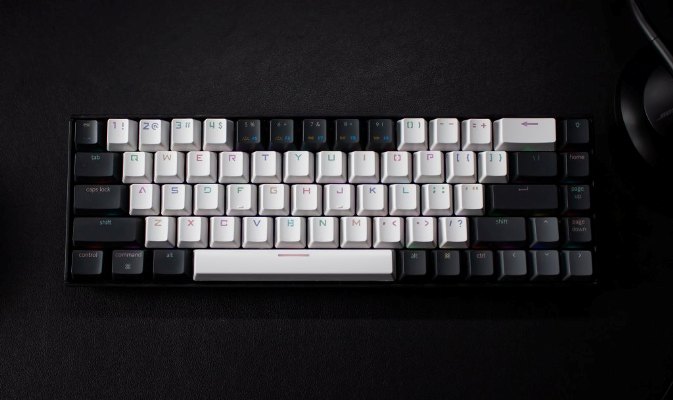 It’s important to clarify that this isn’t always the case, but in many situations, using the keyboard is more efficient than using the mouse, simply because it’s faster.
It’s important to clarify that this isn’t always the case, but in many situations, using the keyboard is more efficient than using the mouse, simply because it’s faster.
Developers often make every effort to debunk this claim by designing their software with a strong emphasis on mouse usage. However, even with these mouse-centric interfaces, the standard Windows hotkeys almost always work, and not utilizing them is a luxury that only those with ample free time can afford.
For instance, let’s consider a simple scenario: you need to select all the text in a document. What would you do?
- Try to find this command in the main menu, which may take a while, and time is wasted.
- Scroll the document to the beginning, place the cursor at the start, click the mouse button, and scroll to the end of the document. This method also consumes a significant amount of time. Plus, it can be frustrating if your finger slips just before reaching the end.
- However, someone who values their time would simply press CTRL+A.
Of course, if you use a specific program once a year, there’s no need to memorize its hotkeys. But if you work with a program daily, whether it’s MS Word, MS Excel, Photoshop, or any development environment, considering it your primary working tool, then learning the “hotkeys” should be one of your first actions upon getting acquainted with the tool.

Admittedly, you probably don’t need to memorize all the hotkeys, but for those commands you use frequently, it’s essential. Investing some time initially will save you much more time in the future, as using hotkeys allows you to execute commands without taking your hands off the keyboard. This is especially valuable for programmers and other developers who need to type a lot of text (and not just developers; think of copywriters, for instance).
Furthermore, knowing the standard keyboard shortcuts of your operating system is also crucial (at least the basics). After all, how will you quickly hide all open windows from the screen when your boss unexpectedly enters your office? While you’re fumbling for the mouse and desperately trying to click on the minimize buttons of open windows, they’ll already see you playing solitaire instead of working.
With the keyboard, it’s a matter of split seconds: WIN+M, and all windows are minimized, leaving only your desktop on the screen.
